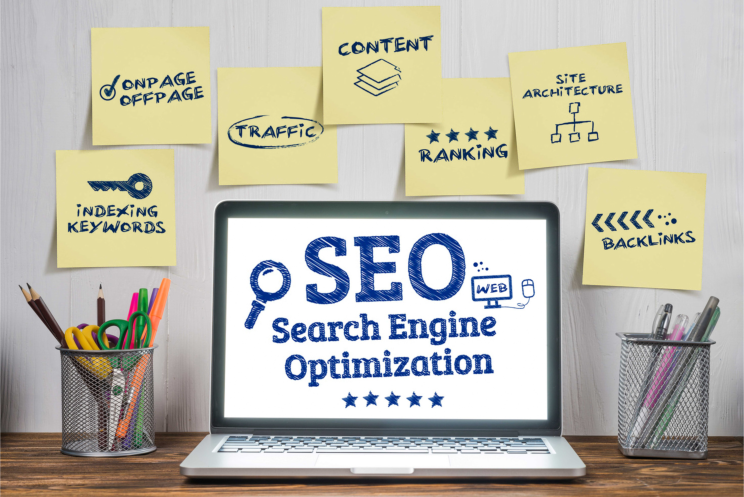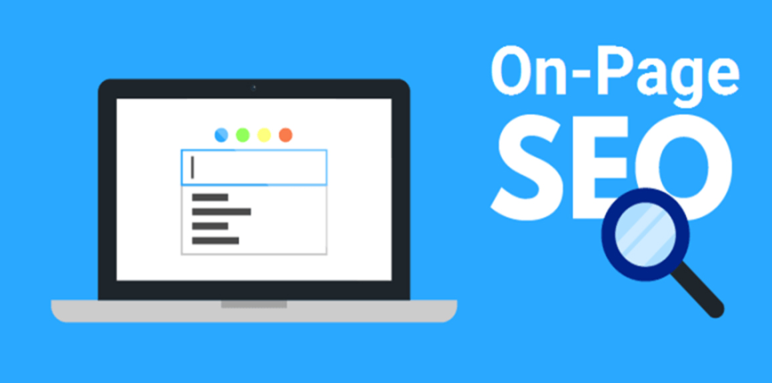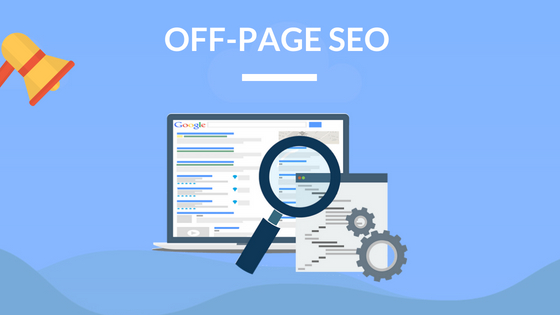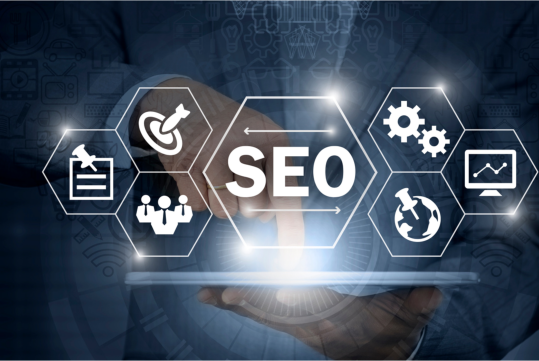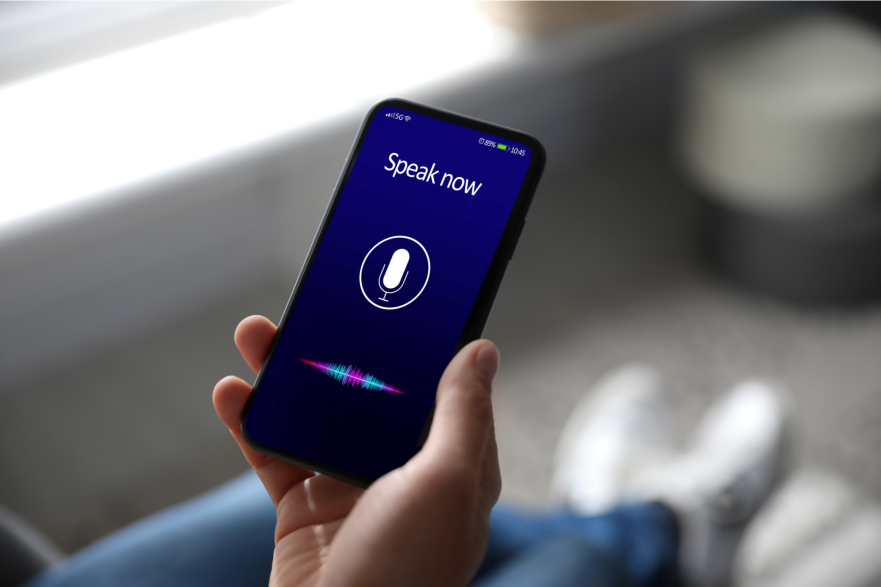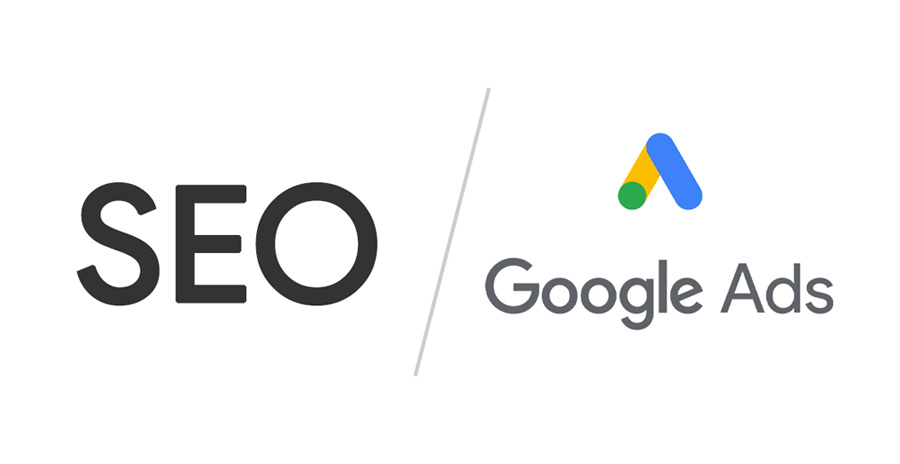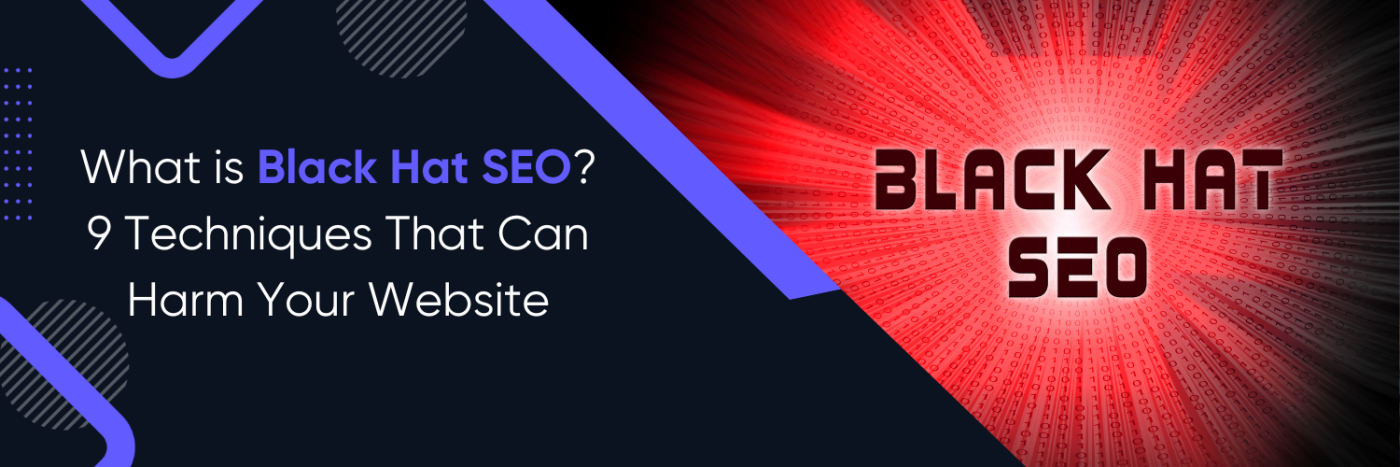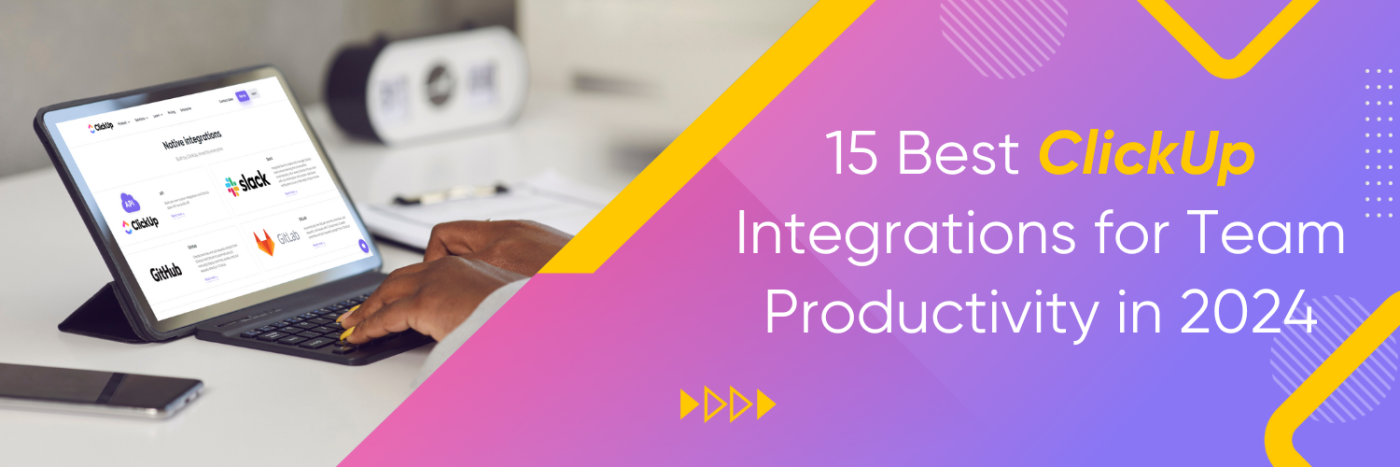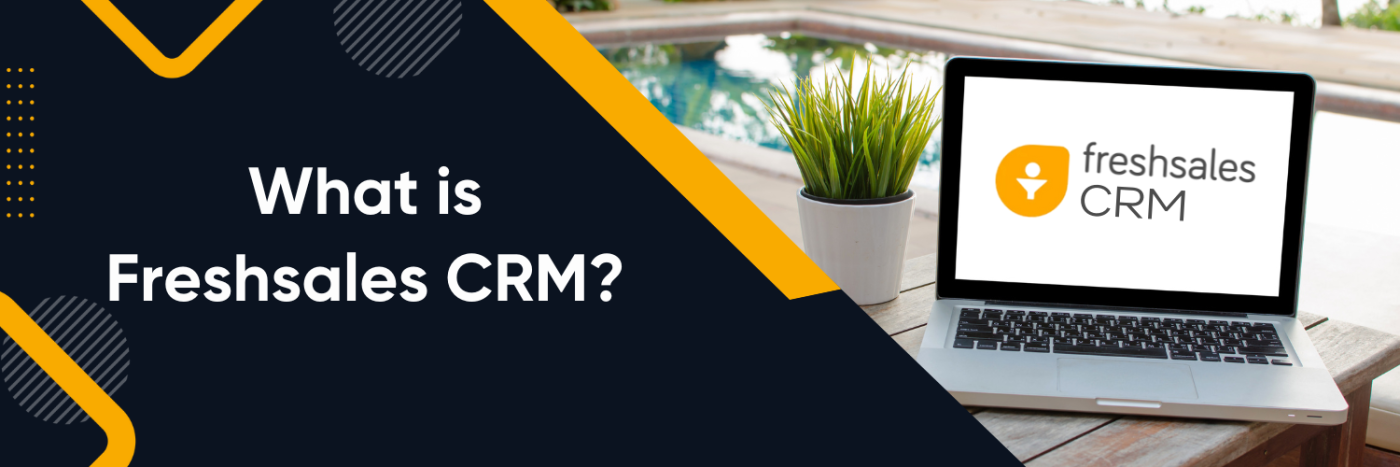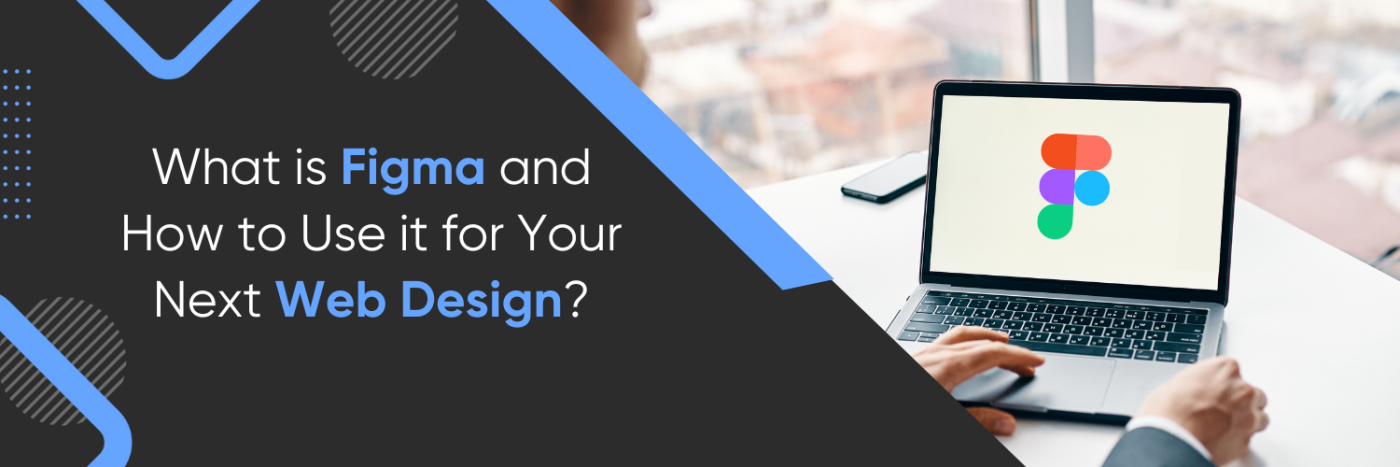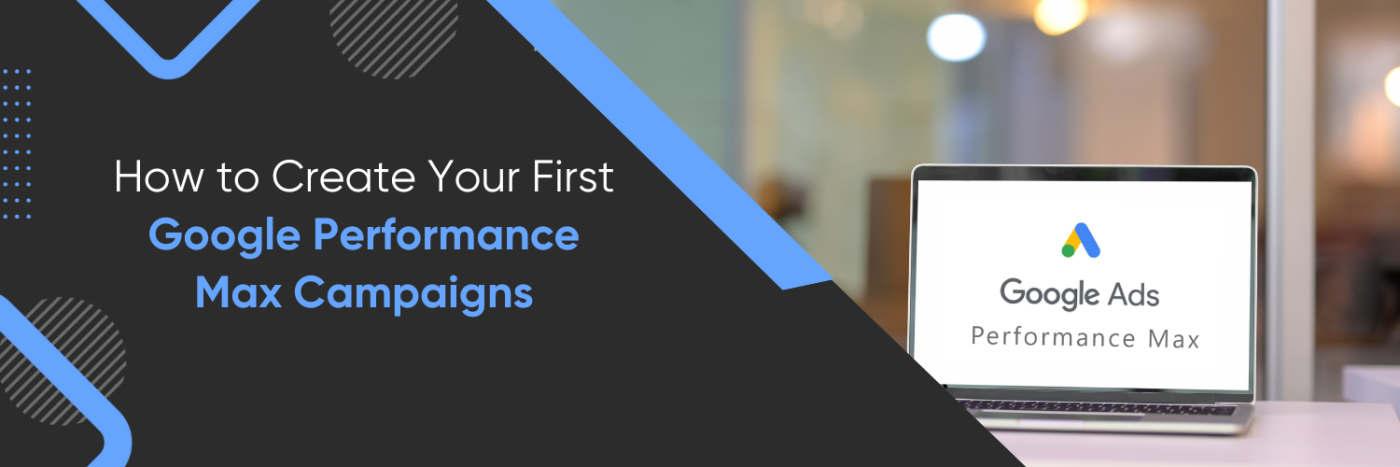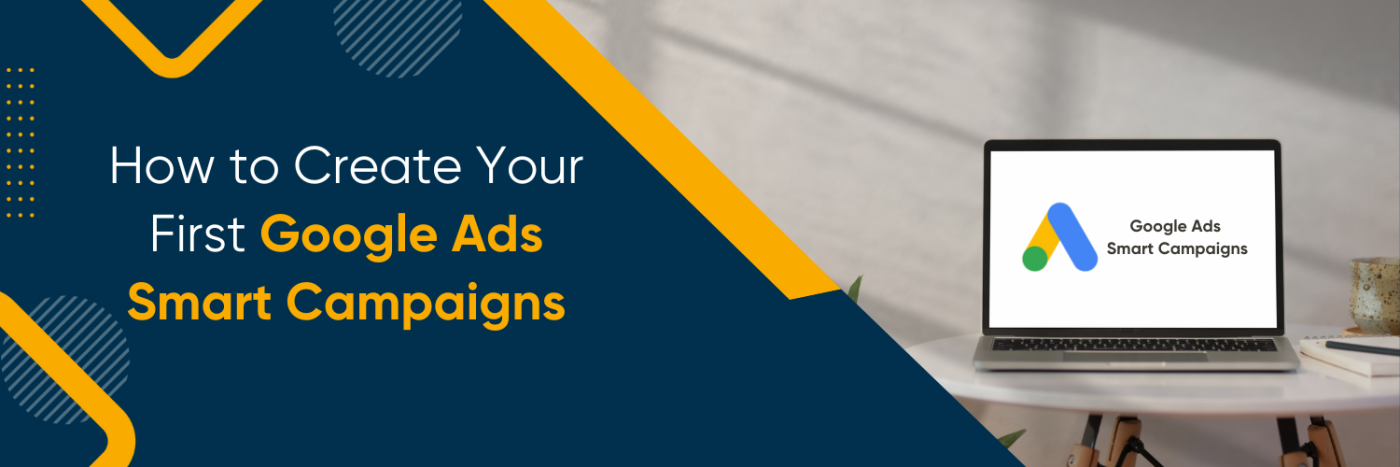What is Search Engine Optimization (SEO)?
The Basics of SEO
Search Engine Optimization (SEO) is the practice of optimizing online content so that a search engine, such as Google or Bing, will show it as a top result for searches of a particular keyword. While it may seem complicated, understanding the fundamentals of SEO can provide a significant advantage in the digital realm. Here are the key basics to know:
1. What is SEO?
SEO is a digital marketing strategy focused on growing the organic (non-paid) visibility of a website in search engine results pages (SERPs).
Goal: The primary goal is to drive more traffic to a website, thereby increasing its potential for conversions or sales.
2. How Search Engines Work
Search engines use bots, often referred to as spiders or crawlers, to go over the internet, from link to link, collecting information about those web pages.
This data is then indexed based on various factors. When you type a query into a search engine, its algorithms sift through the indexed information to present you with the best possible results.
3. Keywords
These are the terms or phrases that users type into search engines. Optimizing content around relevant keywords is foundational to SEO.
Tools like Google Keyword Planner, SEMrush, and Ahrefs can help in researching and choosing the right keywords.
4. On-page SEO
Refers to the optimizations made on the website itself. This includes:
- Content Quality: Creating high-quality, original, and relevant content.
- Meta Tags: Including relevant meta titles, descriptions, and headers.
- Internal Linking: Linking to other relevant pages within your website.
- URL Structure: Ensuring URLs are short, descriptive, and SEO-friendly.
5. Off-page SEO
Deals with actions taken outside of your own website that affect your rankings within SERPs. Common practices include:
- Backlinking: Earning links from reputable websites to yours.
- Social Signals: Social media activity that points back to your website.
- Guest Blogging: Writing content for other websites to gain backlinks.
6. Technical SEO
Focuses on improving the technical aspects of a website to enhance its position in the SERPs. Elements include:
- Website Speed: Ensuring pages load quickly, especially on mobile devices.
- Mobile Optimization: Making sure the site looks and functions well on mobile devices.
- XML Sitemaps: A map for search engines to understand the structure of a site.
- Robots.txt: Tells search engines which pages to crawl and which to ignore.
7. Importance of User Experience (UX)
Modern SEO emphasizes the importance of a good user experience. Google considers user signals, such as bounce rate and time on site, to gauge the quality of your website.
A mobile-friendly design, clear CTAs (call-to-actions), and easy navigation can enhance UX.
8. SEO is Continuous
SEO isn’t a one-time effort. Search engine algorithms continuously change, and competitors make updates to their sites. Regular audits, content updates, and backlink evaluations are essential to remain relevant and maintain or improve rankings.
Cost Implications of SEO
While SEO doesn’t require paying for clicks, it isn’t free. Initial investments may involve SEO tools for site audits, keyword research, and competitor analysis. Moreover, website optimization might need redesigns or technical improvements for speed and responsiveness. Over time, expenses may shift to ongoing content creation, backlink acquisition, and continuous site audits. While these costs are spread out, the ROI can be substantial as you’re not paying for each click.
Reach and Visibility Through SEO
SEO is paramount when it comes to enhancing the online visibility of a website. While many perceive SEO as merely a tool for achieving high rankings on search engine results pages (SERPs), its true essence is about being discoverable and accessible to users across the web. Let’s delve deeper into how SEO enhances a website’s reach and visibility:
1. Organic Search Dominance
- Importance: Organic search remains a significant component of most websites’ performance, and it is usually the primary method of website traffic.
- Trust & Credibility: Being prominently displayed in organic search results can enhance the credibility and trust of a brand, as users often trust search engines’ algorithms to present the most relevant and reputable results first.
2. Sustainable Online Presence
- Longevity: Unlike paid advertising, which stops as soon as the budget dries up, organic SEO offers a more lasting online presence.
- Compounding Returns: As more SEO efforts are applied over time, their benefits compound, leading to greater visibility and reach.
3. Geographical & Local Search
- Local SEO: Businesses with a physical presence or those that serve a specific geographic area can benefit immensely from local SEO. This includes optimizing for “near me” searches and creating Google My Business listings.
- Geographical Targeting: By optimizing content for region-specific keywords, businesses can target audiences in specific cities, regions, or countries.
4. Featured Snippets and SERP Features
- Position Zero: Featured snippets, often termed “position zero,” appear above the traditional organic results and provide quick answers to users’ queries.
- Other SERP Features: These include image packs, video results, and ‘People Also Ask’ boxes, all of which can enhance visibility if appropriately targeted.
5. Voice Search Optimization
- Rise of Voice Searches: With the increasing use of voice-activated assistants like Google Assistant, Alexa, and Siri, optimizing for voice search has become essential. This often involves targeting long-tail keywords and more conversational phrases.
6. Broad Keyword Targeting
- Primary Keywords: While targeting primary (often short-tail) keywords is essential, the competition can be fierce.
- Long-Tail Keywords: These are more extended keyword phrases, often more specific, and can attract more relevant traffic. They usually have lower competition, making it easier to rank for them.
7. Enhanced User Experience and Site Structure
- Clear Navigation: A well-structured website with clear navigation can help search engines index your site better and more quickly, enhancing visibility.
- Bounce Rate & Dwell Time: By offering valuable content and an engaging user experience, you can reduce bounce rates and increase dwell time, both of which are indicators to search engines of a quality site deserving of higher rankings.
8. Building Authority Through Backlinks
- Backlink Profile: Earning links from reputable sites can boost a website’s authority, leading to better search engine rankings.
- Guest Blogging & Partnerships: Collaborative content creation and sharing can significantly expand a website’s reach.
9. Conversion Rates in SEO
The power of organic search lies in user intent. When users search and click on an organic listing, they often have a genuine interest or query, leading to higher trust and engagement. Organic listings, perceived as more authentic than ads, often enjoy good conversion rates. Additionally, optimizing the user’s landing page experience – from site speed to mobile-friendliness – can further boost conversions.
Why is it Important to Know About SEO?
Knowing about SEO (Search Engine Optimization) is important for various reasons, particularly for anyone involved in digital marketing, content creation, or running an online business. Here are some reasons why understanding SEO is crucial:
Increased Organic Traffic
SEO helps websites rank higher on search engine results pages (SERPs). A higher ranking means more visibility, leading to more organic traffic. Organic traffic is free, unlike paid advertising.
Cost-Effectiveness
Compared to paid advertising methods like PPC (Pay-Per-Click) or social media marketing, SEO often provides a better ROI. While there are costs associated with SEO (such as hiring professionals or purchasing tools), organic search results don’t require ongoing payment for each click or impression.
Credibility and Trust
Websites that rank higher in search engine results are often perceived as more credible and authoritative. Users tend to trust organic results more than paid advertisements.
Better User Experience
Many SEO practices, such as improving page speed, optimizing mobile responsiveness, or enhancing content relevance, lead to a better user experience. A better user experience can lead to increased user engagement, conversions, and retention.
Understanding User Intent
SEO requires understanding what users are looking for (keywords) and why (user intent). This knowledge helps businesses tailor their content and services to meet user needs.
Competitive Advantage
If your competitors are optimizing their websites and you’re not, they will likely outrank you, drawing more traffic and potentially more business. On the flip side, if your competitors aren’t investing in SEO and you are, you can gain a significant advantage.
Evolution of Search Engines
Search engines continuously evolve their algorithms. Understanding SEO helps you adapt to these changes, ensuring that your website remains visible and relevant.
Local SEO and Mobile
With the rise of mobile searches and local search intent (“near me” queries), local SEO has become crucial for businesses serving local markets. Optimizing for local search can drive foot traffic and local customers to businesses.
Long-Term Strategy
While SEO might not yield immediate results, it’s a long-term strategy. The efforts you put in today can benefit your business for months or years to come.
Analytical Insight
SEO provides an opportunity to analyze user behavior. Tools like Google Analytics provide insights into user demographics, behavior, and other metrics, allowing businesses to make informed decisions.
Synergy with Other Marketing Channels
SEO can complement other marketing strategies. For instance, content marketing and SEO go hand in hand; quality content can attract backlinks, and optimized content can rank better. Similarly, social media signals and PPC campaigns can also support SEO efforts.
In summary, understanding SEO is essential in today’s digital age to ensure online visibility, drive organic traffic, and remain competitive. As the digital landscape continues to evolve, the significance of SEO is likely to grow even further.
What is Google Ads?

Google Ads is a paid advertising platform where businesses bid to display their ads for specific keywords. Ads can manifest as Search Ads (appearing in search results), Display Ads (visual ads on websites), or Video Ads (on platforms like YouTube). The key advantage is that these ads can be placed atop search results, offering immediate visibility.
Cost Implications of Google Ads
Operating on a pay-per-click (PPC) model, you only pay when someone clicks your ad. Costs can vary based on factors like the competitiveness of keywords and ad quality. Budgets can be set daily or monthly, with options for bid adjustments for times, locations, or devices. Another vital cost determinant is the Quality Score – a metric Google uses to rate the quality and relevance of your keywords and PPC ads.
Reach and Visibility through Google Ads
With Google Ads, businesses can achieve instant visibility. The platform offers intricate targeting options, from keywords to demographics and even users’ interests. This specificity ensures that ads reach the most relevant audience. Additionally, Google Ads’ retargeting feature lets businesses re-engage users who’ve interacted with their website or app, further optimizing ad reach.
Conversion Rates in Google Ads
Given the direct response nature of PPC ads, crafting compelling ad copies and aligning them with the landing page is pivotal. Google Ads provides insights and tools for conversion tracking, allowing businesses to measure the effectiveness of ads and optimize accordingly. Regularly A/B testing ad copies, call-to-actions, and landing pages can enhance conversion rates.
SEO vs. Google Ads: Direct Comparison
|
Aspect |
SEO (Search Engine Optimization) |
Google Ads |
| Cost | ||
| Initial Investment | Low to Moderate | Varies (Depends on bidding and competition) |
| Long-term Costs | Ongoing (Content, maintenance) | Ongoing (Clicks, campaign management) |
| ROI Considerations | Long-term returns | Immediate but variable returns |
| Reach | ||
| Visibility | Gradual, builds over time | Immediate (Ad placements) |
| Geographical Targeting | Flexible, through local SEO | Highly specific (Location targeting in campaigns) |
| Growth Potential | Continuous, organic growth | Scalable but dependent on budget |
| Conversion Rates | ||
| User Intent | Aligned with organic search | Targeted via ad copy and keywords |
| Trust Factor | Higher with organic listings | Can vary (Ad trustworthiness) |
| Optimization | Content optimization, A/B testing | Real-time tracking, A/B testing, Ad adjustments |
Conclusion
Both SEO and Google Ads play pivotal roles in digital marketing. Choosing between them isn’t a binary decision but requires a nuanced understanding of your business’s goals, timelines, and budget. A blended approach often yields the best results, capitalizing on the strengths of both channels. At Ubique Digital Solutions, we specialize in crafting tailored strategies that leverage the unique benefits of both SEO and Google Ads.
Our seasoned experts can guide you through the maze of options, ensuring you invest wisely for maximum return. Ready to elevate your business to unprecedented success? Partner with us today to unlock the full potential of digital marketing and create a roadmap to success. Contact Ubique Digital Solutions now and take the first step towards a thriving online presence!
FAQs
Q: Is SEO better than Google Ads?
It depends on business goals, timelines, and budgets. SEO offers sustainable long-term growth, while Google Ads provides immediate visibility.
Q: How long does it take to see results with SEO vs. Google Ads?
SEO can take months to show significant results, while Google Ads can offer immediate traffic.
Q: Can I use both SEO and Google Ads simultaneously?
Absolutely. A combined strategy can capitalize on the strengths of both channels.
Q: Which offers a better return on investment: SEO or Google Ads?
Both can offer high ROI but over different timelines. SEO requires long-term investment, while Google Ads can bring immediate returns.
Q: How do updates in Google’s algorithm affect SEO and Google Ads?
SEO is more directly impacted by algorithm updates, which can affect rankings. Google Ads might see shifts in ad placements or costs, but not as drastically as SEO changes.
![SEO vs Google Ads: The [Key] Differences in Cost, Reach and Conversion Rates](https://ubiquedigitalsolutions.com/wp-content/uploads/2023/09/SEO-vs-Google-Ads-The-Key-Differences-in-Cost-Reach-and-Conversion-Rates.png)
